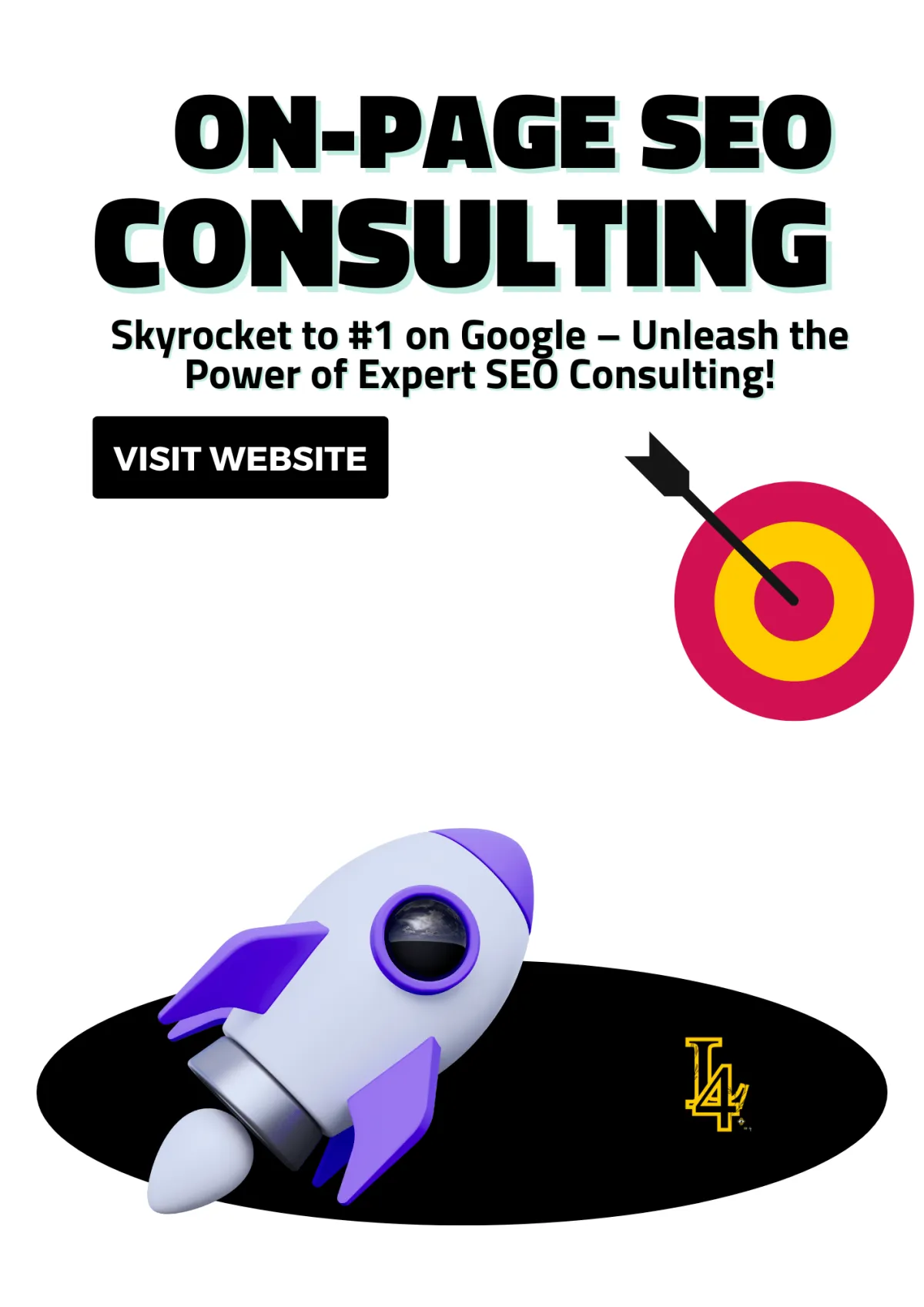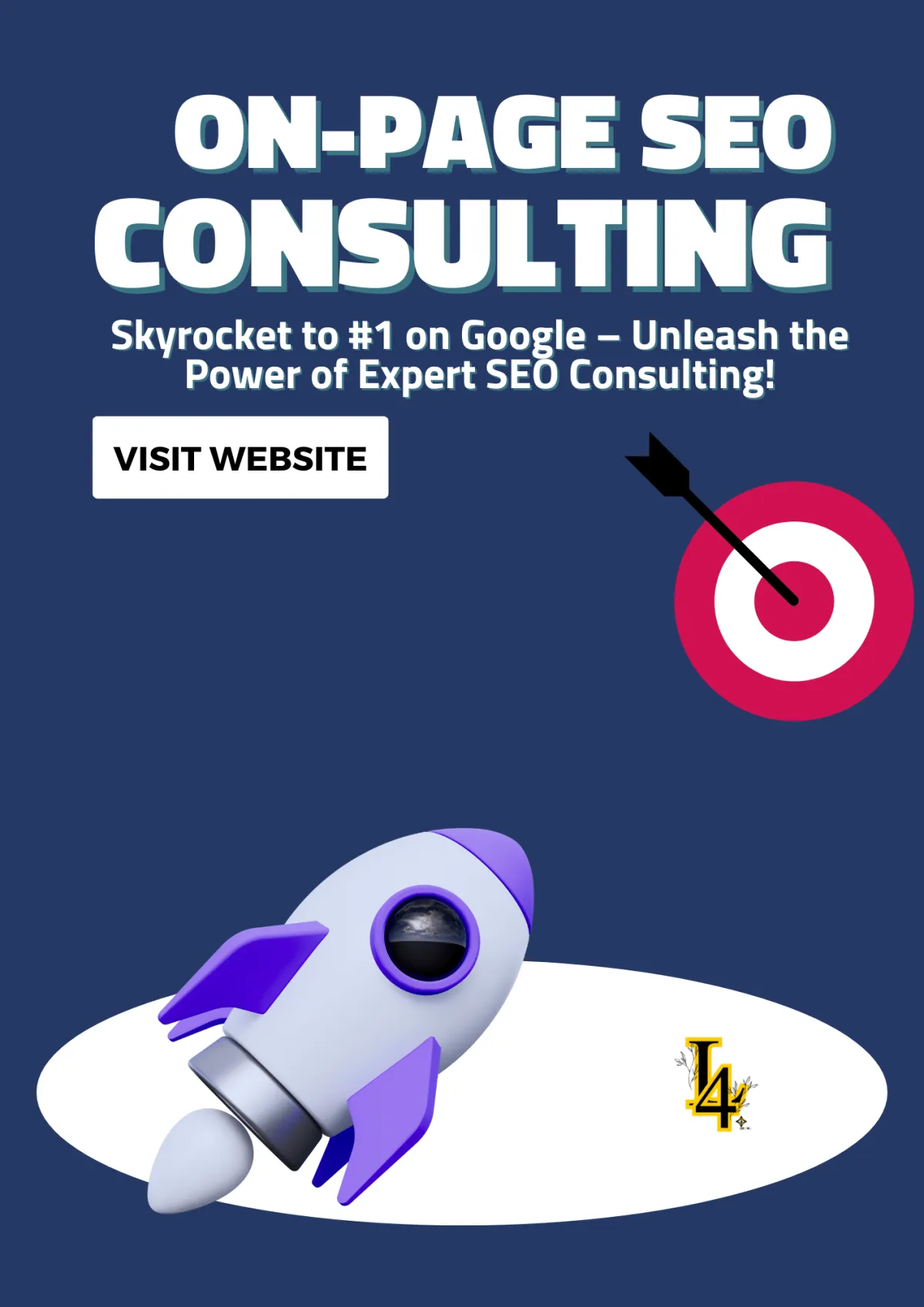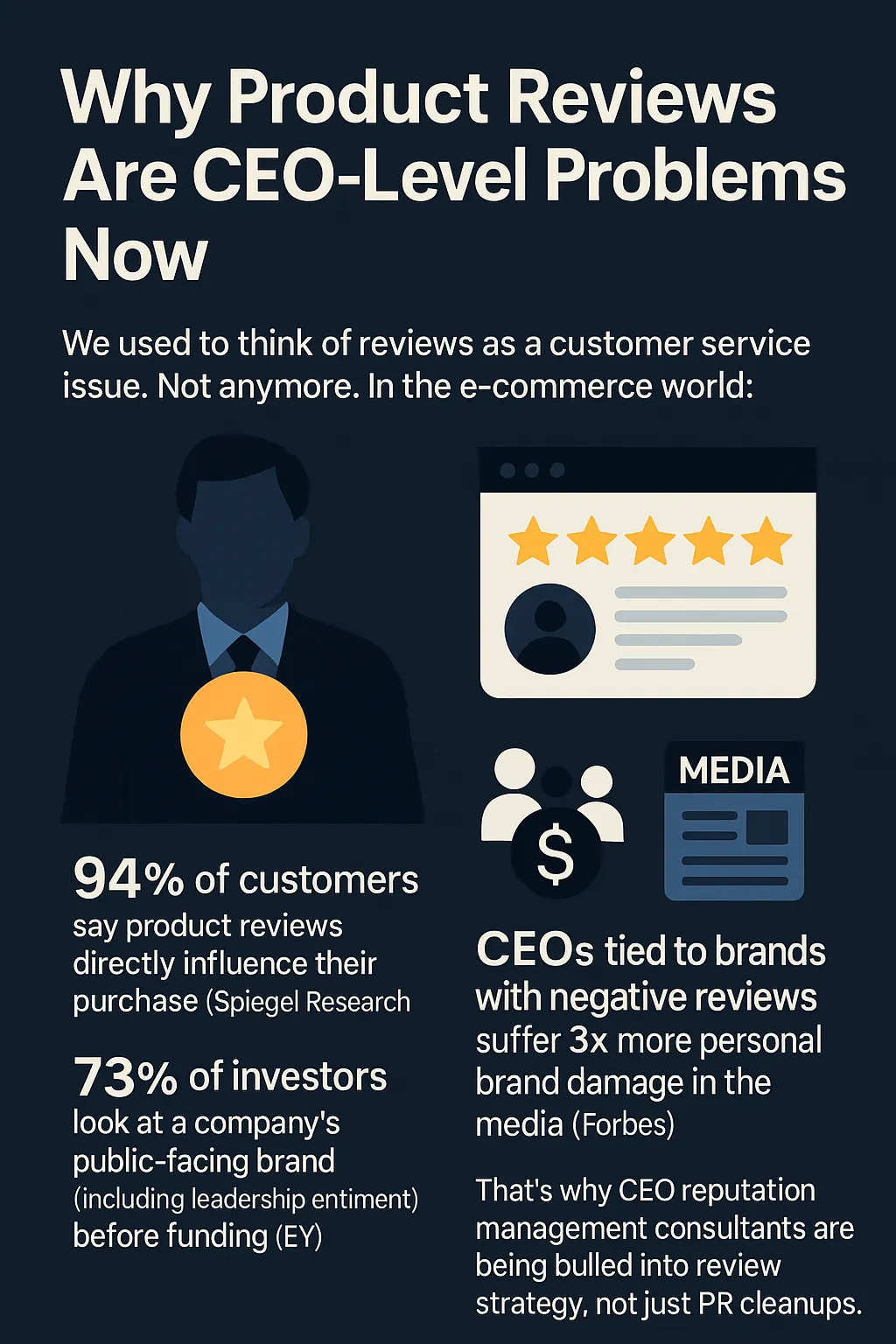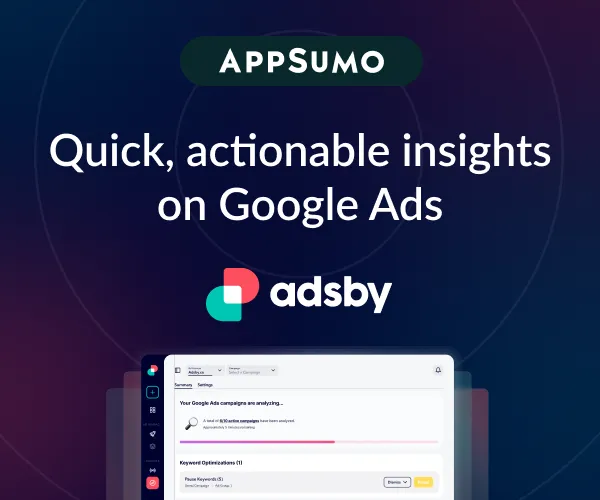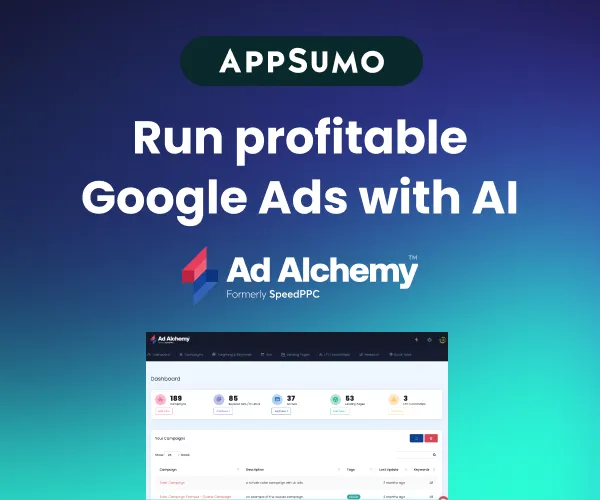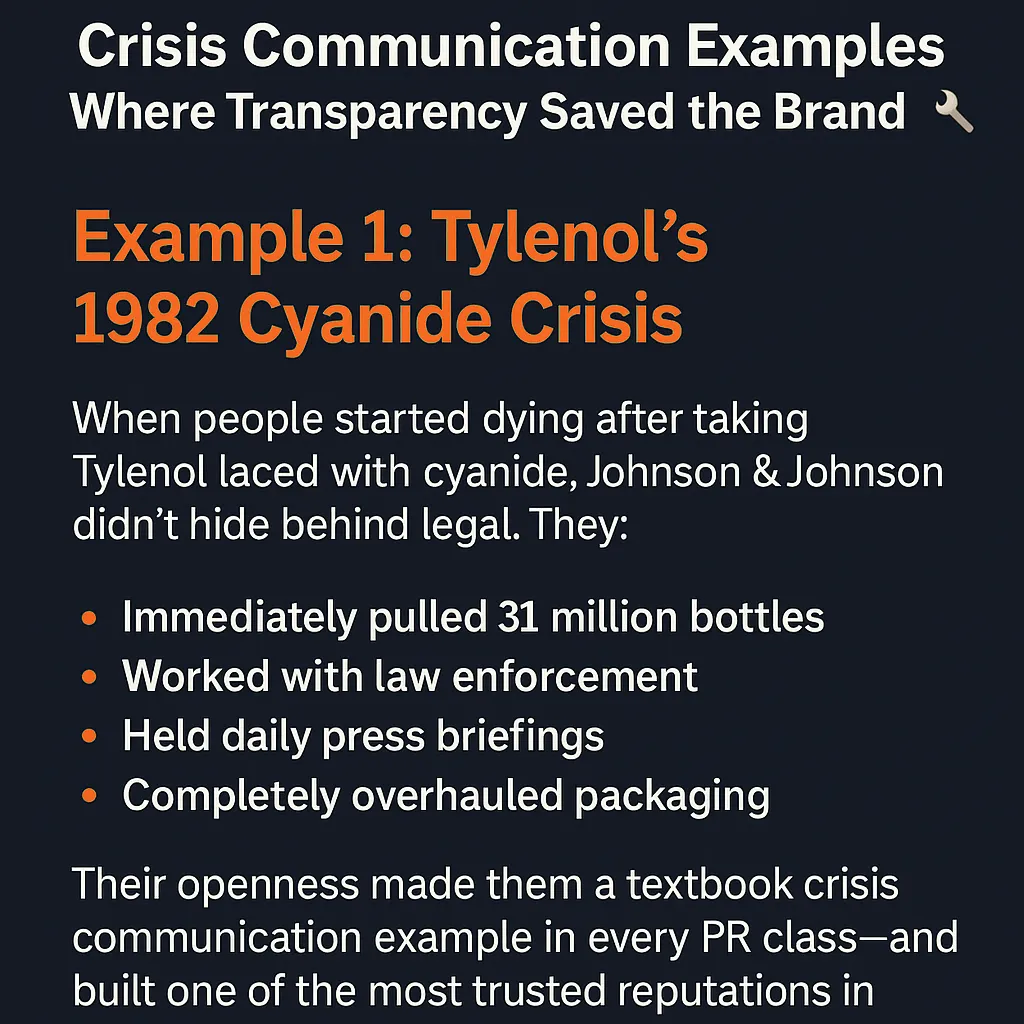
Which Report Indicates How Traffic Arrived at a Website?
If you’re running a website, understanding where your traffic comes from is crucial. Knowing how users arrive at your site can help you refine your marketing strategies and optimize your content. But which report answers this key question? The “Traffic Source” report in tools like Google Analytics is your best friend. Let’s explore how it works, why it’s important, and how to use it effectively.
Why Knowing Your Traffic Sources Matters
Imagine this: You’re putting time, effort, and money into SEO, social media, and ads, but you’re not sure which strategy is driving results. Without knowing your traffic sources, it’s like throwing darts in the dark.
Benefits of Tracking Traffic Sources
Optimize Marketing Efforts: Identify which channels bring the most visitors and double down on what’s working.
Understand User Behavior: Learn how people interact with your site based on where they came from.
Improve ROI: Allocate your budget more effectively by focusing on high-performing channels.
Spot Growth Opportunities: Discover untapped channels where you could increase your presence.
Which Report Indicates How Traffic Arrived at a Website?
The Traffic Sources Report in Google Analytics (and similar platforms) is the go-to tool for this information. It breaks down how visitors find your website, whether through search engines, social media, direct traffic, or referral links.
Key Traffic Source Categories
Organic Search: Traffic from search engines like Google and Bing.
Direct Traffic: Visitors who typed your URL directly into their browser.
Referral Traffic: Traffic from other websites linking to yours.
Social Traffic: Visitors from platforms like Facebook, Instagram, and Twitter.
Paid Traffic: Visitors who clicked on paid ads like Google Ads or Facebook campaigns.
How to Access the Traffic Sources Report in Google Analytics
If you’re using Google Analytics, here’s how to find the report:
Log In to Google Analytics: Navigate to the property you want to analyze.
Go to the Acquisition Tab: Click on “Acquisition” in the left-hand menu.
Click on Traffic Sources: Here, you’ll find a breakdown of how visitors arrived at your site.
What Traffic Sources Tell You About Your Website
Tracking your traffic sources provides actionable insights for improving your website’s performance. Let’s break it down:
Organic Traffic
What It Means: Visitors found your site through unpaid search engine results.
Example Insight: If organic traffic is high, your SEO efforts are paying off.
Direct Traffic
What It Means: Users typed your URL directly or accessed your site from a saved bookmark.
Example Insight: High direct traffic indicates strong brand awareness.
Referral Traffic
What It Means: Visitors came to your site via links on other websites.
Example Insight: Partnering with high-traffic sites can boost your visibility.
Social Traffic
What It Means: Visitors clicked on links shared on social media platforms.
Example Insight: Strong engagement on social channels drives meaningful traffic.
Paid Traffic
What It Means: Visitors arrived via paid advertisements.
Example Insight: A high ROI on ad spend shows your campaigns are effective.
Which Report Works Best for Different Goals?
Different reports within the Traffic Sources category can help you achieve specific goals:
1. Source/Medium Report
What It Shows: A detailed breakdown of traffic sources and mediums, like “google/organic” or “facebook/referral.”
Use Case: Understand which channels are driving the most traffic.
2. Referrals Report
What It Shows: Sites linking to your website.
Use Case: Identify partnerships and backlink opportunities.
3. Campaign Report
What It Shows: Traffic from specific marketing campaigns.
Use Case: Track the success of email, social, or paid campaigns.
How to Use Traffic Insights to Improve Your Website
Once you know how visitors are arriving at your site, you can take actionable steps to improve your strategy:
Optimize High-Performing Channels
Focus more effort on channels that bring in the most engaged users. For example, if organic search drives traffic, double down on your SEO efforts.
Address Weak Areas
Identify underperforming channels and figure out why. Maybe your social media content isn’t resonating, or your paid ads need better targeting.
Refine Your Content Strategy
If referral traffic is strong, create content that other sites are likely to link to, such as blogs or infographics.
Experiment with New Channels
If your analytics show little to no traffic from paid ads or social media, consider testing these channels to expand your reach.
Real-Life Examples of Using Traffic Source Reports
1. E-Commerce Store Boosts Organic Traffic
A clothing retailer noticed their organic traffic was steadily growing but plateaued. By analyzing their Traffic Source Report, they discovered most visitors came from outdated blog posts. They refreshed the content, added new keywords, and saw a 25% increase in organic traffic within two months.
2. Local Business Amplifies Social Traffic
A neighborhood cafe analyzed their social traffic and saw most visitors came from Instagram. They started posting more stories and reels, which boosted engagement and increased foot traffic.
3. SaaS Startup Enhances Paid Campaigns
A software company tracked their paid traffic and realized most conversions came from Google Ads targeting specific keywords. They allocated more budget to those campaigns and reduced spend on underperforming ones.
Lookhin4 Makes It Easy to Track and Optimize Traffic
Whether you’re analyzing traffic sources or building a strategy to improve them, Lookhin4 has your back. Our platform integrates with tools like Google Analytics, making it simple to track traffic and understand user behavior.
Try Lookhin4 for Free
With our easy-to-use website builder, you can create a site optimized for every traffic source, from SEO to social media.
Hire Us to Build It for You
Not into the DIY vibe? No worries! Let our team create a professional, traffic-driving website for you.
Conclusion: Which Report Indicates How Traffic Arrived at a Website?
The Traffic Sources Report is your ultimate guide to understanding how visitors find your website. Whether they come from search engines, social media, or referrals, this data helps you refine your strategies and maximize your website’s potential.


